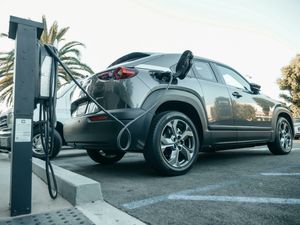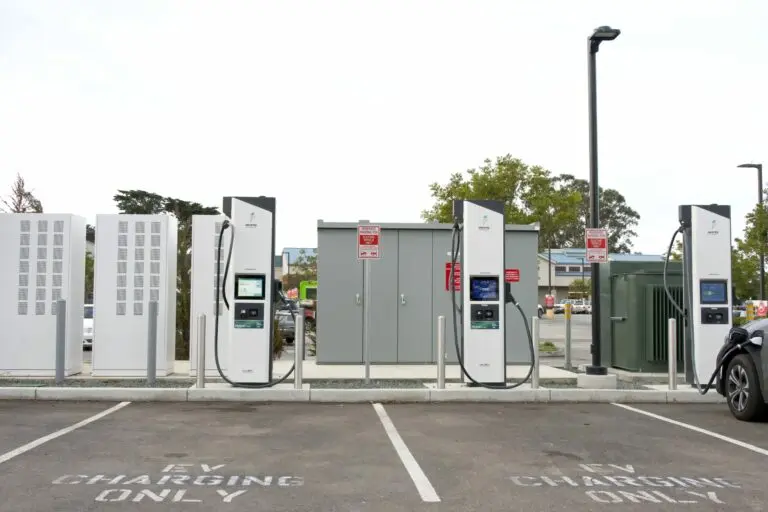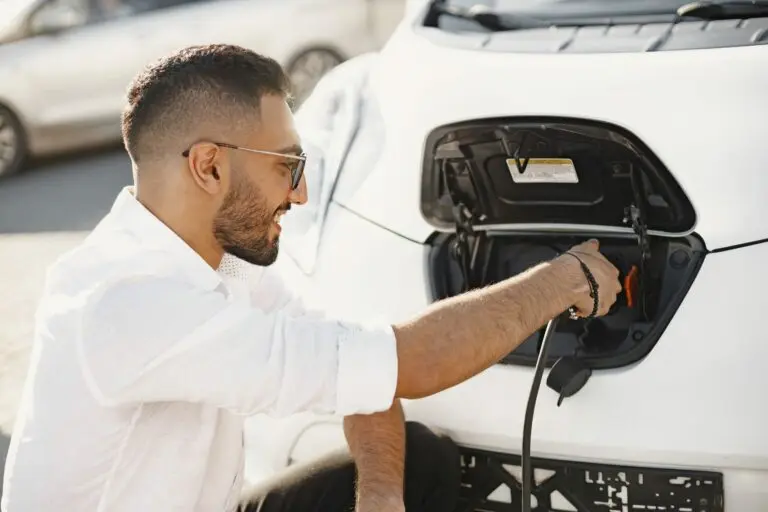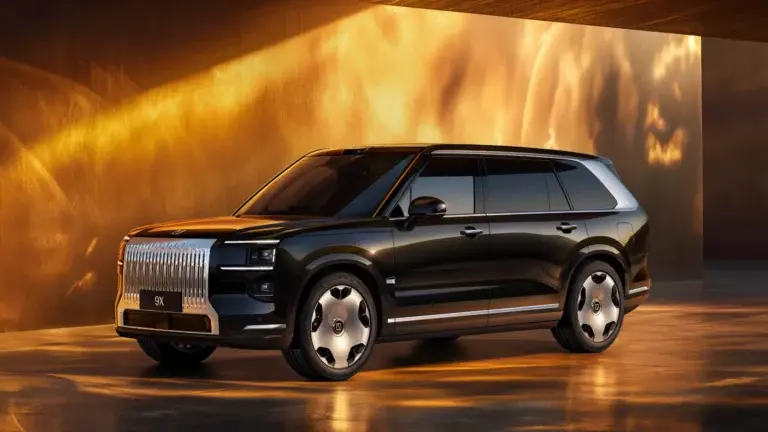While we’re becoming increasingly familiar with the electric vehicle (EV) policies of major European countries, China, and North America, they’re far from the only players showing ambition and determination in transitioning from combustion engines to electric mobility.
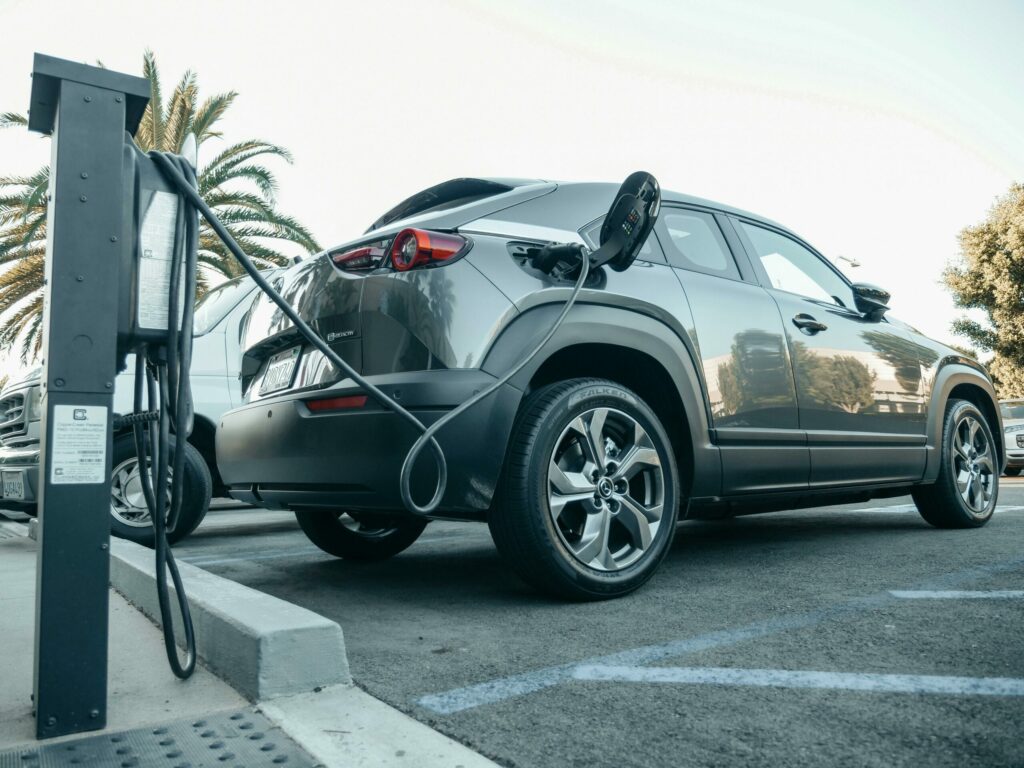
Costa Rica, renowned as one of Central America’s most environmentally conscious nations—hardly surprising given its motto “Pura Vida”—was quick to jump on the electric mobility bandwagon. Among the wealthiest countries in the region, Costa Rica aims to achieve carbon neutrality by 2050. To that end, it has incentivized electric vehicle adoption by eliminating import taxes on cars under $33,000 and expanding its public charging infrastructure.
Ethiopia, on the other side of the Atlantic, has also taken bold steps to electrify its vehicle fleet. First, in 2022, it slashed or eliminated import taxes on EVs depending on their country of manufacture (including exemptions from VAT and excise duty). Then, in an even bolder move in 2024, it outright banned the import of combustion-engine vehicles. Now that’s taking initiative…
Australia hasn’t gone as far as banning combustion vehicles, but the “Land Down Under” is not passive when it comes to EV development. It began by focusing on its bus fleet and government vehicles, followed by a strategic plan to boost domestic mineral extraction and battery manufacturing. The latest announcement: the introduction of new standards for vehicle distributors, requiring a 60% reduction in CO₂ emissions by 2029. A strong incentive to sell more EVs!
India, meanwhile, is betting big on electrifying two-wheelers—understandably so, since 80% of Indians use them as their primary mode of transport. The government is investing heavily in stabilizing the power grid, building dedicated charging infrastructure, and boosting local manufacturing of both vehicles and batteries—reducing costs in the process. The goal? 80% of two-wheelers on Indian roads will be electric by 2030. The government also promises that, within five years, 30% of passenger cars and 70% of commercial vehicles will be electric too. Will it be enough to give New Delhi some breathable air again?

Japan isn’t planning to be left behind. A longtime leader in tech and industrial innovation, the country surprisingly lags in full-electric development. Its major automakers—pioneers in hybrid technology—seem hesitant to let go of their market dominance in that sector. The government, for its part, is focusing on hydrogen, a technology that has yet to deliver on its promise. As a result, Japanese automakers have few EV models in their catalogue and the archipelago has scarce charging infrastructures, resulting in dismal local sales (only 1.4% of new car sales in 2024 were fully electric). But there’s a glimmer of hope: the government has finally taken action and announced the rollout of 300,000 charging stations by 2030. If Japanese manufacturers ramp up their EV development as planned—bringing their knack for innovation that made their hybrids so successful—Japan could catch up faster than anyone expects.
Germany, following a court ruling in late 2023, had no choice but to end public subsidies aimed at promoting EV purchases. The fallout? 140,000 fewer EVs sold in 2024 compared to 2023. Proof, if needed, that public policy—especially financial incentives—plays a crucial role in EV adoption, even in an automotive powerhouse with high purchasing power (overall new car sales in Germany stayed about the same year over year). In response, Germany recently introduced new incentives targeted at businesses, offering tax breaks for switching to electric. With a bold target of 15 million EVs on the road by 2030, Germany will have to keep supporting the transition—one way or another.
Saudi Arabia, long associated with oil, is nonetheless making massive investments to develop the electric vehicle market within the Kingdom. First, $1.5 billion was poured into building a factory capable of producing 155,000 “Made in Saudi Arabia” cars per year. This was followed by the large-scale development of solar panels and, eventually, charging stations, along with energy giant Aramco’s ambitions in lithium extraction. While the electric vehicle market is still far from dominant in Saudi Arabia, new car sales have seen double-digit growth every year for over two decades—and there’s a place for electric vehicles to take hold!
China and the European Union, particularly represented by Germany, entered into negotiations this spring over the import of Chinese electric vehicles. Europe currently imposes tariffs of up to 45% on Chinese EVs, limiting their market penetration. In retaliation, China threatened to impose tariffs on European goods heading in the opposite direction—potentially hitting French spirits producers hard. To ease tensions—especially after the U.S. also flexed its muscles—talks resumed between Brussels and Beijing to consider setting minimum prices for Chinese vehicles instead of applying new tariffs. To be continued…


